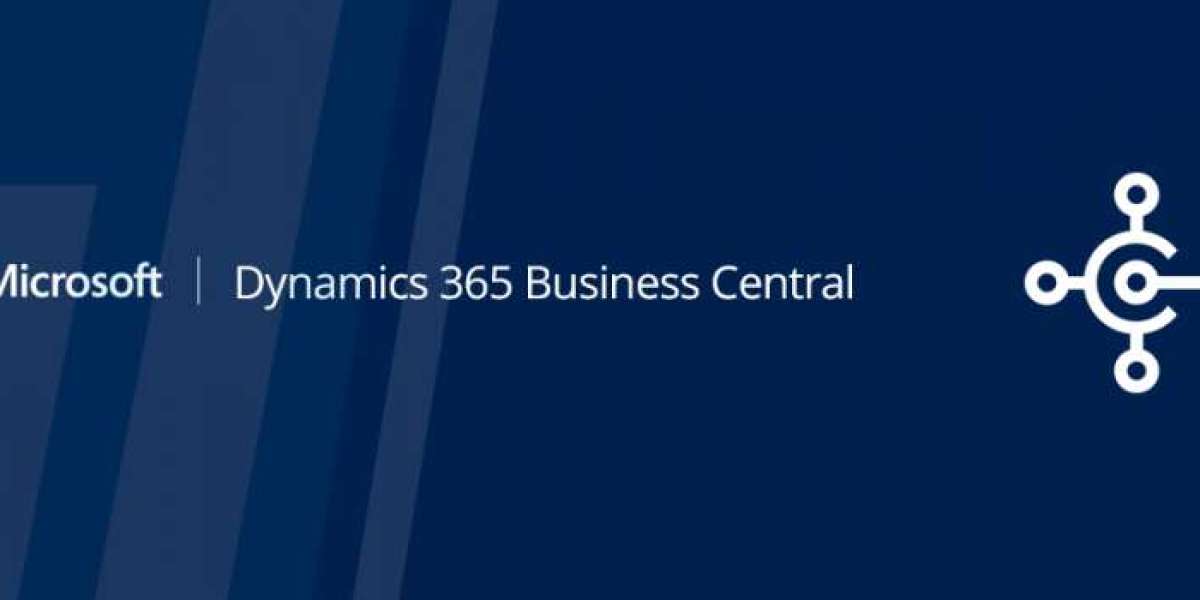A better future for the organization lies in the knowledge of both past and present data. Most companies get it from figures and the reporting processes. When you are budgeting, you need to know what happened and what is happening to understand what is most likely to happen.
Besides, in a constantly shifting economic state, you can never be too careful and analytical. This is where advanced technologies like AI and machine learning help you bring better future opportunities by sorting and analyzing your data effectively.
It all breaks down to the fact that you need the right tool for it. Well, you have heard that Microsoft Dynamics 365 Finance and Operations forecasting and budgeting features offer you all you need. It automates the process, gives more organized access to the data, and is an even better financial manager for the company. In this article, we will talk about the way D365 F&O is improving your budgeting and forecasting.
Ready to dive deep into it? Let’s go!
Why Budgeting and Fiscal Planning is Important?
Fiscal planning is a critical period of the year for public sector companies because precise budgeting and forecasting are required to analyze financial performance, collect future money, allocate resources, and make educated strategic decisions. You should choose an ERP system that simplifies and streamlines financial procedures to produce clear budgets.
Understanding Dynamics 365 Finance and Operations
Dynamics 365 Finance and Operations is a cloud-based enterprise resource planning (ERP) solution that integrates financials, supply chain management, and operations.
It offers enterprises a uniform platform for effectively managing their main business activities. With its easy design and powerful functionality, Dynamics 365 Finance and Operations provides exceptional flexibility and scalability, making it suitable for enterprises of all sizes.
Budgeting Tools and Elements in D365 F&O
Dynamics 365 offers both planning and budgeting features and abilities to plan and maintain your general ledgers.
● Workforce Budgets:
Workforce budgeting entails precise budget cost component planning for positions, compensation groupings, and so on.
● Fixed Assets Budgets:
You can calculate planned depreciation and record other fixed asset-related transactions based on fixed asset data.
● Project Budgets:
In the projects module, you can generate detailed project projections. The project predictions will include information on the planned hours, expenses, fees, and goods.
● Demand Forecasting:
You can use historical transaction data to estimate future inventory demand and develop demand forecasts.
How Do You Set Up Budgeting in Dynamics 365 F&O?
Basic budgeting settings in Dynamics 365 Finance and Operations require multiple stages. This section will go over budgeting criteria, budget dimensions, budget codes, and budget models.
● Budgeting Parameters:
Using the budget parameters form, you can set settings for revenue budgets and sub-ledger budget transfers and enable budget transfers. The budget journal chosen will be used for budget register entries.
● Dimensions for Budgeting:
Dimensions are to help you categorize financial transactions. It helps you generate accurate financial statements. You can use the same budgeting dimensions in budget register entries as you are done creating.
● Budget Codes:
These are used to categorize various budget categories. Based on business needs, you can build a new budget code. A budget model is a bucket into which different budget codes are entered.
● Budget Models:
These are the identifiers for the budgets whose balances are modified by budget transactions. You can design a budget model with sub-models representing each department of the legal company. For simplicity, you can construct a single model called Default.
Forecasting in Microsoft Dynamics 365 F&O
Budgeting is one element. Through budget planning, you can also set forecasting positions using Power BI for analytics and insights on the dashboard.
Dynamics 365 Finance and Operations provides a range of sophisticated forecasting tools and predictive analytics capabilities to enable finance teams to produce precise projections based on historical data, market trends, and business drivers.
Organizations can use predictive models and scenario analysis to simulate various budgeting scenarios and examine their possible influence on financial performance.
● Pre-Built Templates
D365 F&O provides configurable budgeting templates that may be tailored to any firm's individual demands. Whether it's spending budgeting, revenue forecasting, or capital expenditure planning, the solution includes pre-built templates and configurable modeling tools to accommodate a variety of budgeting scenarios.
● Integration with Power BI
Using Power BI connectivity, stakeholders may create interactive dashboards and reports, display key performance indicators, and obtain actionable insights into financial performance. Excel connection simplifies data analysis and modeling. Besides, it helps financial teams to execute sophisticated computations, scenario analysis, and forecasts more easily.
● Excel Integration
Reports can also be exported to Excel and distributed within the financial department. The software also allows users to construct multiple budgeting scenarios, templates, and workflows that may be tailored to a variety of parameters.
Bottom Line
With the cash flow forecasting feature, your team can monitor cash flow, identify current and future trends, and use finance insights to make data-driven decisions. Thus, Dynamics 365 F&O is a powerful tool for futuristic budgeting and planning.
When you leverage it, whether for the public or private sector, you can centralize the data and streamline financial management. With everything in place, you can see real-time insights, make more informed decisions, and optimize budgeting processes as well. All in all, the tool is here to empower every financial aspect of your organization.
Automate budget planning, allocate resources based on insights and collaborate more effectively while having better data on hand. This helps you promise only what is achievable. Ultimately, it contributes to client retention as well. Based on the analytics, you can set realistic financial goals for your organization.
The question now is whether you are ready to transform your ERP to Dynamics 365 Finance and Operations. Your competitors are already in the win, so do you want to go with the flow or stay behind? Think and hop on for the next steps.








